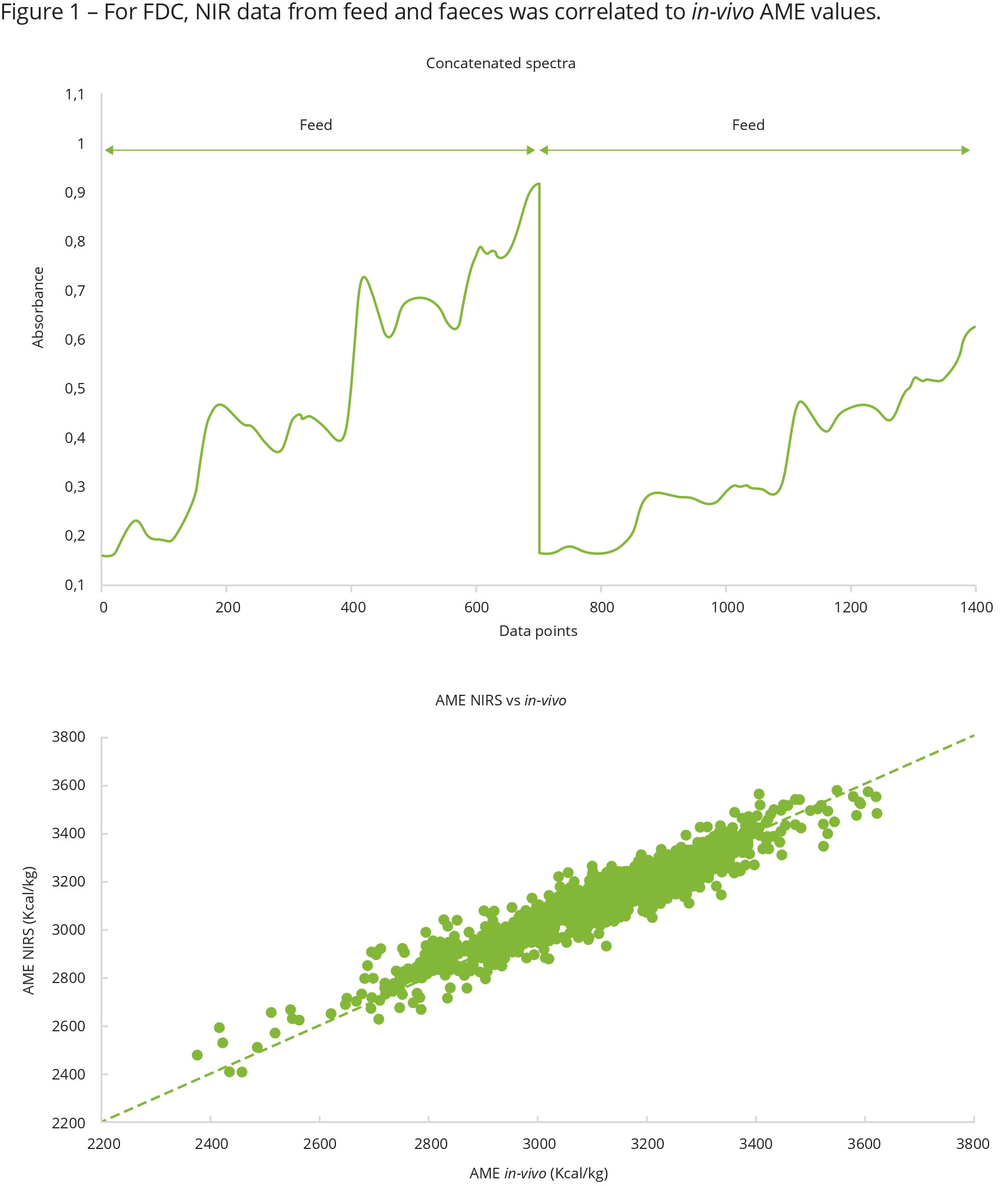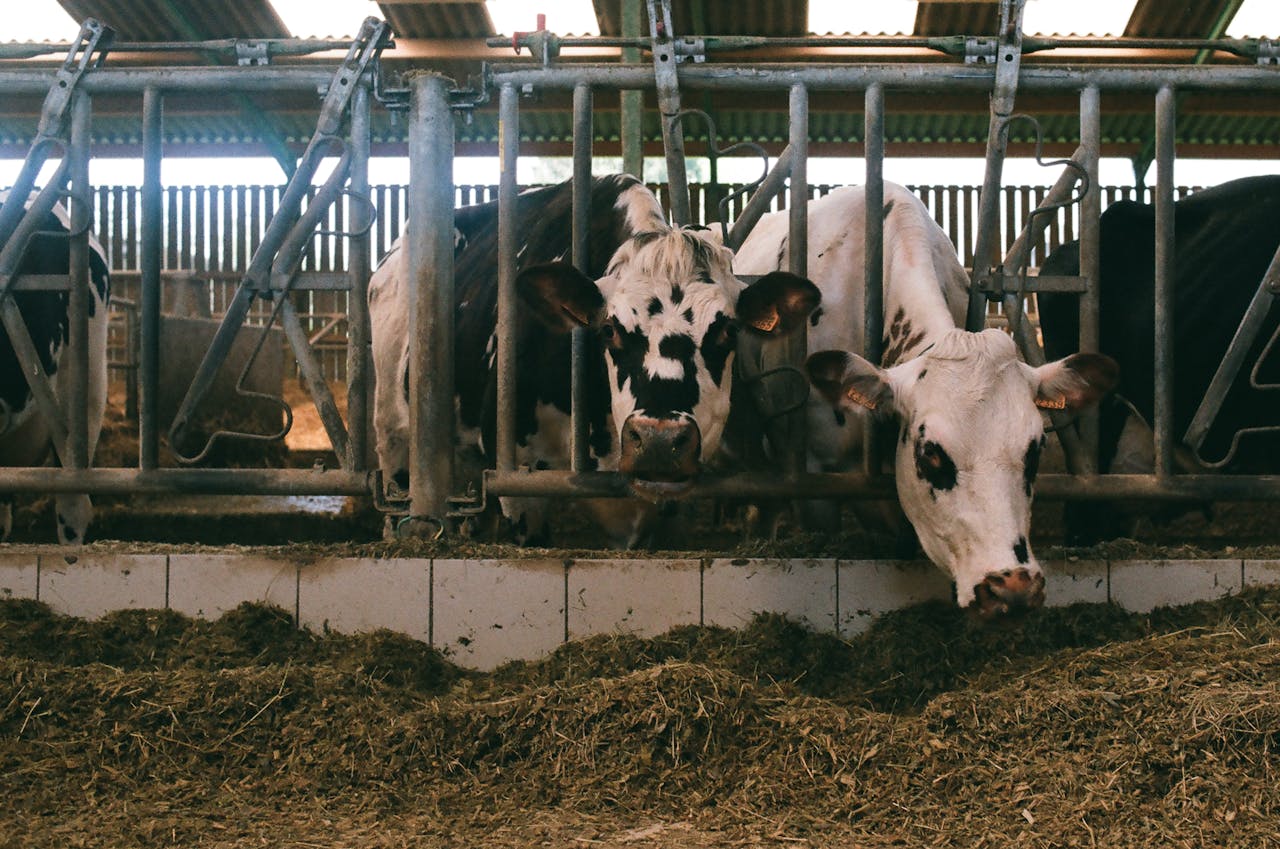The same type of feed may yield different results across farms due to various factors, one of which is a bird’s ability to digest nutrients. A new tool now enables nutritionists to estimate the Apparent Metabolisable Energy (AME) values of feed – a crucial measure of digestibility – under actual farming conditions.
Nutritionists worldwide share the same challenging target: to provide nutritionally precise diets that allow their animals to express their genetic potential while minimising production costs. To optimise formulation, you need to know what the quality and nutritional values of the raw materials are. These may vary considerably, depending on the source of origin, price and/or storage time. Additionally, new types of feed ingredients and by-products that become available on the market may have fickle nutrient profiles. What may seem like an economically interesting feed ingredient at first might turn out to be the opposite, as it doesn’t perform in practice and fails to provide the nutrients the animals need.
Accurate feed analysis is therefore key to preventing over or under-formulation of nutrients and hence loss of costs and efficiency. Near-Infrared Reflectance (NIR) spectroscopy analysis is widely and increasingly used by the feed industry to assess raw material quality and nutritional value. NIR is easy to use, accurate, fast, versatile and has broad applicability.
Same diet, different outcomes
While NIR provides accurate nutrient values for raw materials or complete feed at the feed mill, more parameters influence how the diet eventually performs in practice. In other words, the same type of feed (with the same nutrient levels) can perform differently on different farms, due to location, health status, housing, management, etc.
One major factor to consider here is the ability of the birds to digest the feed. The Apparent Metabolisable Energy (AME) is a key indicator of feed digestibility, reflecting the energy available to the bird after accounting for energy losses in excreta. It is commonly used to assess the nutritional value of different feed ingredients and diets. A correct balance for AME is therefore key.
However, AME values often remain a calculation on paper (in feed formulation software), but do not account for individual farm and animal parameters when the feed is consumed. To solve the gap between paper and practice, Adisseo developed the Feed Digestibility Check (hereafter called FDC). This service enables nutritionists to accurately predict the true AME level of the feed in the context of real production and farming conditions.
AME calibrations and model
How does the FDC work? Samples are collected from the feed on the farm to be sure to predict the actual feed eaten by the broiler and not a sample taken in the feed mill. Also, broiler excreta samples are taken. These samples are then analysed using NIR technology, enhanced with AME calibrations specifically developed by Adisseo. The sampling data, combined with a prediction model, deliver an accurate AME digestibility value for the feed specific to that farm. The prediction model behind FDC is built on numerous animal trials that involved the analysis of more than 2,000 corresponding feed and faeces samples in total, including wet chemistry, a calorimetric bomb and NIR spectral acquisition.

The prediction model relies on the association of both feed and faeces spectra. The NIR data from feed and faeces were then concatenated and correlated to in vivo AME values to create a model capable of quickly predicting AME under commercial farming conditions (Figure 1). The cross-validation error (RMSECV) associated with this model was 55 kcal/kg. Validation trials under commercial farming settings (carried out with different energy values fed to birds) showed a R² of 0.96 between the predicted AME and the ones measured in vivo on these diets (Figure 2), demonstrating the high accuracy of FDC.
Better balance, better diets
FDC helps nutritionists, researchers, veterinarians, scientists and formulators to predict energy digestibility in broilers from day 12-15 to slaughter weight and under real farming conditions. Having this farm-specific data helps to better calculate the overall feed digestibility and to improve diets for different production stages, breeds and/or specific farming conditions. FDC also makes it possible to try alternative ingredients in experimental diets, both challenging them against animal performance and matrix assumptions in feed formulation software.
Since its launch on the market, customers have already learned from these FDC insights. For example, one farm in Asia observed a better AME extraction from the same diet by female broiler chickens compared to males. The FDC service is available as a new module within Precise Nutrition Evaluation (PNE), Adisseo’s NIR-based web platform, which is designed to assess the characteristics of feed ingredients. By constantly adding new services such as FDC to its suite of Nutritional Services tools, Adisseo shows a commitment to increase precision in animal nutrition and contribute to more profitable and sustainable animal production.
References available on request.


